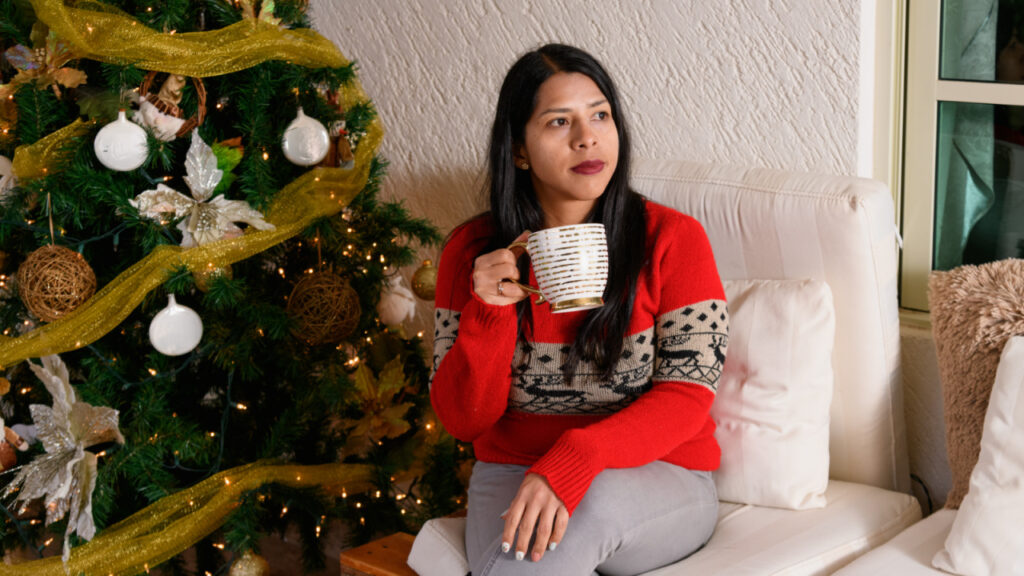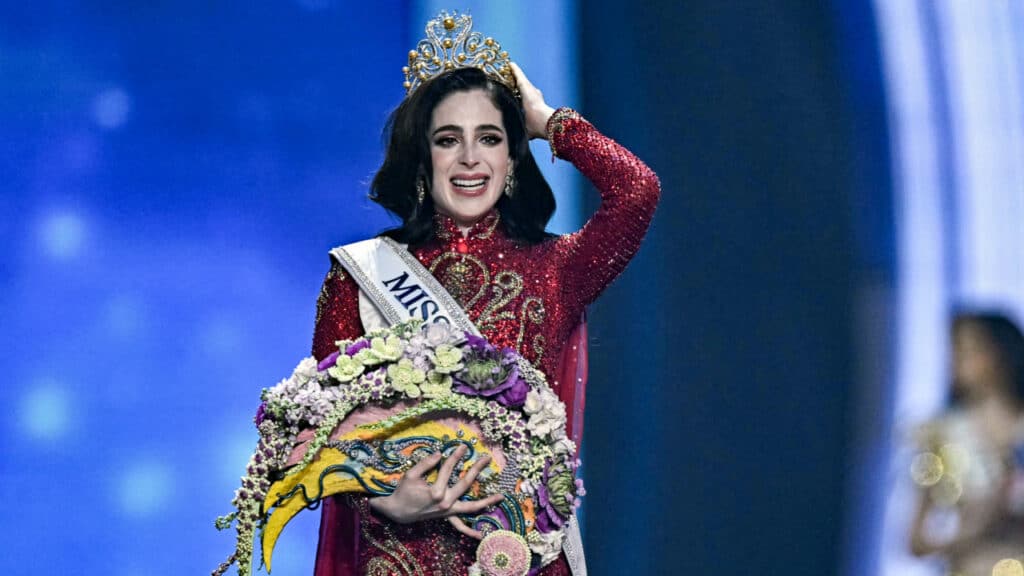The Legacy of ‘San Juan Weekend’: Puerto Rico’s Ongoing Role in U.S. Abortion Access
“Abortions in Puerto Rico boom on tourist-patients,” read The New York Daily News headline. It was 1963, and the paper was touting a series of stories detailing how women from the United States went on an abortion weekend in the Caribbean archipelago.
Sixty years later, and more than a year and a half after the U.S. Supreme Court drove a stake through the heart of Roe vs. Wade, the island against looms large as the hemisphere’s abortion capital.
In 1963, about 10,000 U.S. women per year, primarily wealthy matrons flying first class and staying at fancy hotels, and unmarried secretaries and career women on commercial flights, traveled to the island, according to the newspaper.
They paid $300 for an abortion, got in a bit of sun and sea, and then returned home. It was called “the San Juan weekend.”
It lasted from the 1950s to the early 1970s when New York and other states defanged their abortion laws.

Even before Roe became law in 1973, Puerto Rico was an abortion haven for those wealthy enough to travel
Not much has changed. Puerto Rico is still the haven for rich white U.S. women who prefer a tan with their abortion.
In Puerto Rico, abortion is a constitutional right with no term limits. Protected by the right to intimacy, the island boasts the most liberal abortion laws in the hemisphere.
It is legal if a physician performs it to protect the pregnant woman’s life or health. In this context, health means physical, mental, and socio-emotional well-being.
The cost of a surgical abortion starts at $250, with the price increasing the further a patient waits. Medication abortion is between $300 and $350.
Since the end of Roe, at least 25 million women of childbearing age (or two in five nationally) live in states that have banned abortion or severely restricted it.
Fourteen states already have near-total abortion bans during any point in pregnancy already in place.
“I would not be surprised if we again saw that many women opt to travel to Puerto Rico,” Puerto Rican Senator Ana Irma Rivera Lassén said in a recent interview with “The Miami Herald.” “We should open our doors so that they can have access to safe abortions.”
It’s a lovely bit of poetic justice that Puerto Rico is more progressive than the United States
But is that care accessible to all U.S. women (and Puerto Rican women living on the island) of childbearing age and gestating people? The answer is no.
In recent journalistic research on abortion laws in Puerto Rico, doctors and clinicians were open about the situation on the island. They confirmed there had been an increase in U.S. women, most affluent and professional, traveling to the island for an abortion, especially from states like Florida and Texas.
Traveling to Puerto Rico to get an abortion is beyond the reach of many U.S. women, especially U.S. Latinas. They are the most affected by the end of Roe and the least able to afford to travel to the Caribbean to obtain an abortion.
Up to 6.5 million Latinas live in 26 states that have banned or are attempting to ban or limit access to abortions, according to the National Partnership for Women & Families and the National Latina Institute for Reproductive Justice.
The number is staggering. That’s more than 42% of all Latinas between the ages of 15 and 49. Or, to drive the point further home, it’s 4 out of every 10 Latinas who live in one of these states.
Many of them — at least 3 million — are economically insecure. They don’t have the money to travel to another state for abortion care, let alone the Caribbean.
“I worry about those women and people that do not have the money to pay for an abortion […] they will return to a past of blood and loss of life,” Rivera Lassen said.




